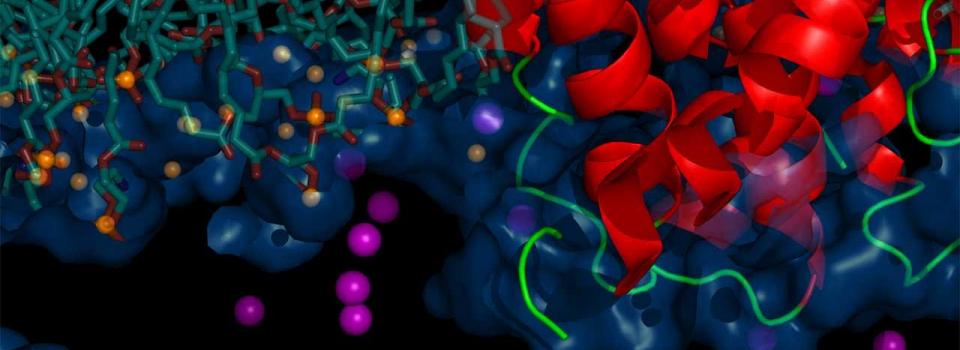
The seminar is sponsored by NYU-ECNU Center for Computational Chemistry at NYU Shanghai
Abstract:
Heterogeneous catalysis is the key technique in environment protection, pollution control, and production of new and clean energies. The related surface science studies of catalytic materials and reaction mechanisms are also the hot topics in physics, chemistry, biology and materials science. Theoretical simulations based on state of the art computational chemistry methods have been widely used and shown their unique advantages. Topics like structure-activity relationship and other basic theories in heterogeneous catalysis and related surface science have been studied through theoretical simulations in Dr. Gong’s lab in the recent 10 years. The widely used metal, metal oxide and complex materials as well as the important model reactions have been chosen as the model systems for study. Their work also helps to develop the calculation methods, codes and strategies for more accurate and efficient theoretical studies.
Biography:
Dr. Xueqing Gong obtained his Ph.D. in Physical Chemistry from The Queen’s University of Belfast in 2004. From 2004-2007, he was a postdoc research associate in the Chemistry Department at Princeton University. He is currently a professor of chemistry at East China University of Science and Technology. His research interest is mainly to model and understand the physical and chemical properties of molecules and materials in terms of their atomic structures, electronic configurations and reactivities, the purpose of which is to guide to explain experimental results, to design new catalytic materials with specific properties and to optimize reaction schemes. In particular, he is interested in surfaces and interfaces of (photo)catalytic (nano)materials, their interactions with molecules and other metal/metal oxide materials, and the reaction pathways in industrial catalytic processes.


